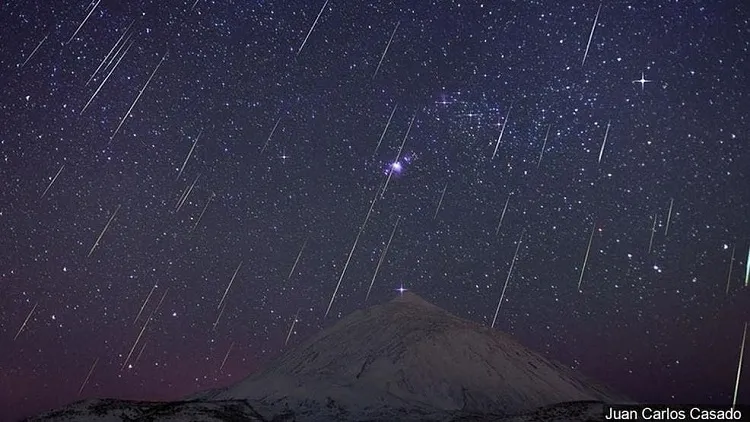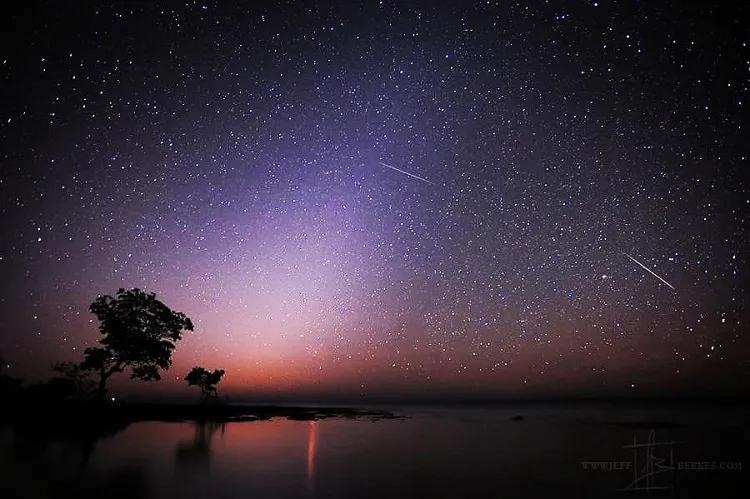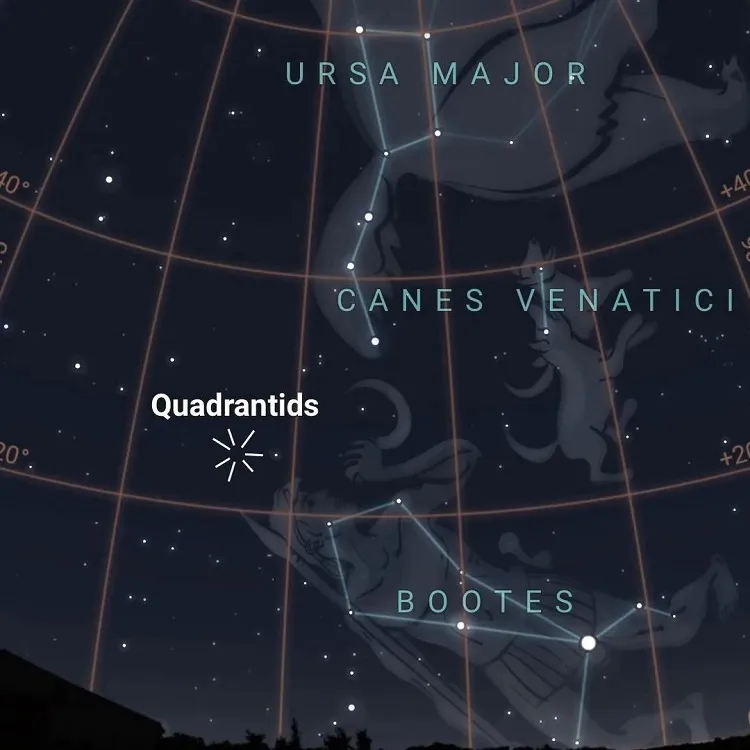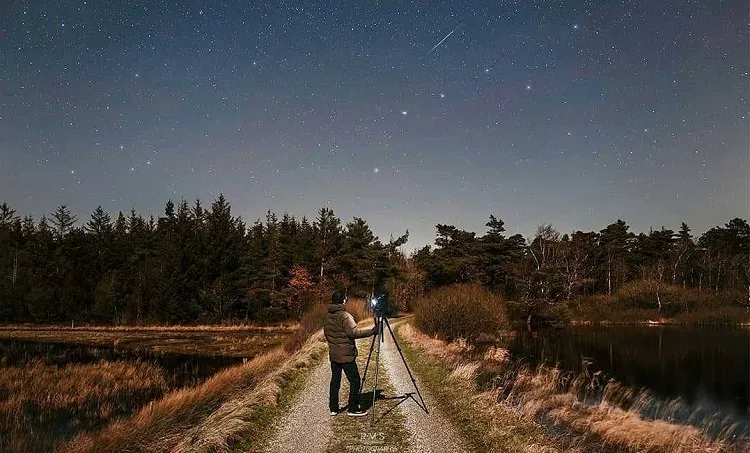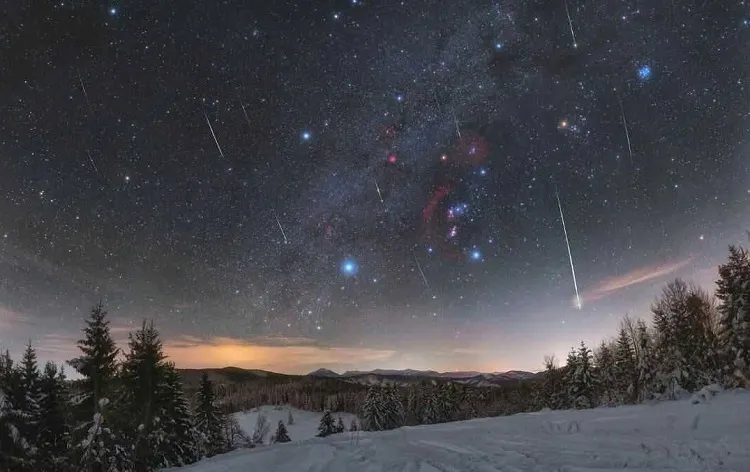What is the Quadrantid meteor shower? Where and when can you see it in 2024?
The new year of 2024 kicks off strong when it comes to celestial sightings, as the annual Quadrantids meteor shower will be blazing over the sky, giving 2024 likely its first and one of its most intense meteor showers of the year. What can you expect from this event? Where and when can you see it in the USA?
What Is the Quadrantid Meteor Shower 2024?
The Quadrantids meteor showers are usually most active from the end of December to the second week of January, having their peak on 3-4 January. One of the things that makes this meteor shower so interesting is that, unlike many others that can last for a few days, the Quadrantid meteor shower can only be seen for a few hours. Its peak lasts 6 hours. Why you ask? NASA explains that the reason for this is the shower’s thin stream of particles, through which’s densest concentration Earth passes through quite quickly. That’s why the shower peak has a limited duration.
Where Does the Meteor Shower’s Name Come From?
Another thing that can be grasped as quite peculiar about the Quadrantids is the name of the meteor shower itself. Where does it come from? Usually, most meteor showers are named after the constellation where the meteors appear to be originating from. Think about the Orionids that generally occur every October. This particular meteor shower appears to be emerging near the constellation Orion the Hunter. But the Quadrantids? Does that sound like it can be derived from a constellation you have heard of? Probably not. Maybe because one doesn’t exist anymore. The Quadrantids’s namesake comes from the constellation Quadrans Muralis which is no longer recognized as one, as it is considered obsolete and isn’t used as a mark of celestial navigation anymore.
From Where Did the Quadrantids Originate?
The constellation Quadrans Muralis was first observed in 1795 between the constellations Boötes and Draco. Like the Geminid meteor shower, the Quadrantids don’t come from an icy comet, which is rather unusual, but from a mysterious asteroid or so-called “rock comet”. This asteroid is called 2003 EH1, and it takes 5.52 years to complete one orbit around the sun. Astronomers also believe that a second comet, the Comet 96P/Machholz may also contribute to the Quadrantids meteor shower. This comet orbits the sun every 5.3 years. Scientists believe that a larger comet was gravitationally bound into a short orbit by the sun around 2000 BC. This same comet left behind many celestial offspring known collectively as the Machholz Complex, which include the parent bodies of the Quadrantid meteor shower – Comet 96P/Machholz and asteroid 2003 EH1.
Where & When Can You See Quadrantid Meteor Shower 2024 in the USA?
In 2024, the Quadrantids is expected to peak at 7:53 am Eastern Standard Time on January 4th. The best time to witness the meteor shower from North America is at 4:53 am EST until dawn, according to EarthSky. Those who live in the western parts of North America will have the best chance of viewing the Quadrantid meteor shower earlier in the night. Yet, be careful as to not visit any dark-sky locations, as the Quadrantids will concur with the last bright quarter moon. How to prepare for the sightings? As the meteor shower’s peak will occur very early in the winter morning, be sure to be fully dressed in warm clothes. Find a secluded viewing spot, somewhere away from the city lights. Bring a foldable chair with you and arm yourself with lots of patience. For the best experience, bring a thick blanket with you, spread it on the ground and lay on it to watch the Quadrantids.
Quadrantid Meteor Shower 2024: More Interesting Trivia
- The Quadrantids’s bright meteors are called fireballs because of their large and colorful explosions of light.
- The constellation after which the meteor shower is named – the Quadrans Muralis – is not the source of its meteors.
- This meteor shower also has an alternative name – “Bootids”. This is because its meteors seem to radiate from the modern constellation of Bootes.
- When looking for the Quadrantid meteor shower, don’t look up only to Bootes. The Quadrantids can be seen throughout the whole night sky.
- The Quadrantid meteor shower was first seen in 1825.

